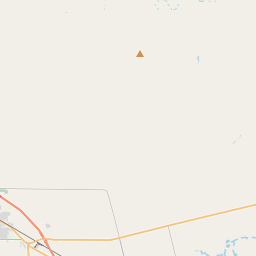Hobbs Cemetery
Historical marker location:






Settlers began moving into this area of Fisher County in the early 1880s. The community that developed became known as Hobbs when Roby postmaster Vachel Hobbs Anderson suggested his middle name for the new post office here. In the early 1900s, area residents Robert and Ann Hayter donated land at this site for the cemetery to serve the growing settlement. The first burial was for Indiana native Thomas J. Bone (1833-1906). Hobbs later developed north near a new school site, but Hobbs Cemetery remains as a reminder of the community's early history.
Texas Sesquicentennial 1836-1986.
Incise on back of marker:
Marker Provided By:
Fannie W. Albert, Connie H. Tutt, Lota W. Kennedy
As one of the most visible programs of the Texas Historical Commission (THC), historical markers commemorate diverse topics in Texas history, including: the history and architecture of houses, commercial and public buildings, religious congregations, and military sites; events that changed the course of local and state history; and individuals who have made lasting contributions to the state, community organizations, and businesses.
In the late 19th century, Texas became known for its cattle drives, in which cowboys would move herds of cattle from Texas to railheads in Kansas and other northern states. The cattle drives were dangerous and difficult work, but they played a key role in the development of the American cattle industry.
The early settlers of Fisher County were primarily ranchers and farmers who were attracted to the fertile land and abundance of water sources, particularly the Colorado River. These pioneers faced many challenges, including severe weather conditions and conflicts with Native American tribes in the area. However, they persevered and gradually developed thriving communities, mainly centered around farming and ranching.
The arrival of the railroad in the late 1800s greatly enhanced the county's economic development. The railroad allowed for the transport of goods and improved access to markets, leading to the growth of towns such as Roby and Rotan. With the expansion of the rail network, Fisher County became an important transportation hub in the region.
In the 20th century, Fisher County faced some setbacks, including the effects of the Great Depression and a decline in population due to the mechanization of farming. However, the discovery of oil and gas reserves in the area in the 1940s provided a boost to the local economy. Today, Fisher County continues to rely on agriculture, oil and gas, and small businesses as its main economic drivers, while also preserving its historical heritage through museums and cultural events.
Fisher County Timeline
This timeline provides a concise overview of the key events in the history of Fisher County, Texas.
- 1870: Fisher County was established on February 1, 1876, and named after Samuel Rhoads Fisher, a signer of the Texas Declaration of Independence.
- 1880s: The first settlement in the area was established near the Clear Fork of the Brazos River.
- 1890s: The county experienced a population boom with the arrival of the Texas Central Railroad.
- 1911: The town of Roby was designated as the county seat of Fisher County.
- 1930s: Fisher County, like the rest of the country, was greatly affected by the Great Depression.
- 1940s: The discovery of oil and gas in the county led to economic growth and increased population.
- 1970s: The county faced economic challenges due to declining oil prices.
- 2000s: Fisher County continued to be primarily agricultural, with farming and ranching as the main economic activities.